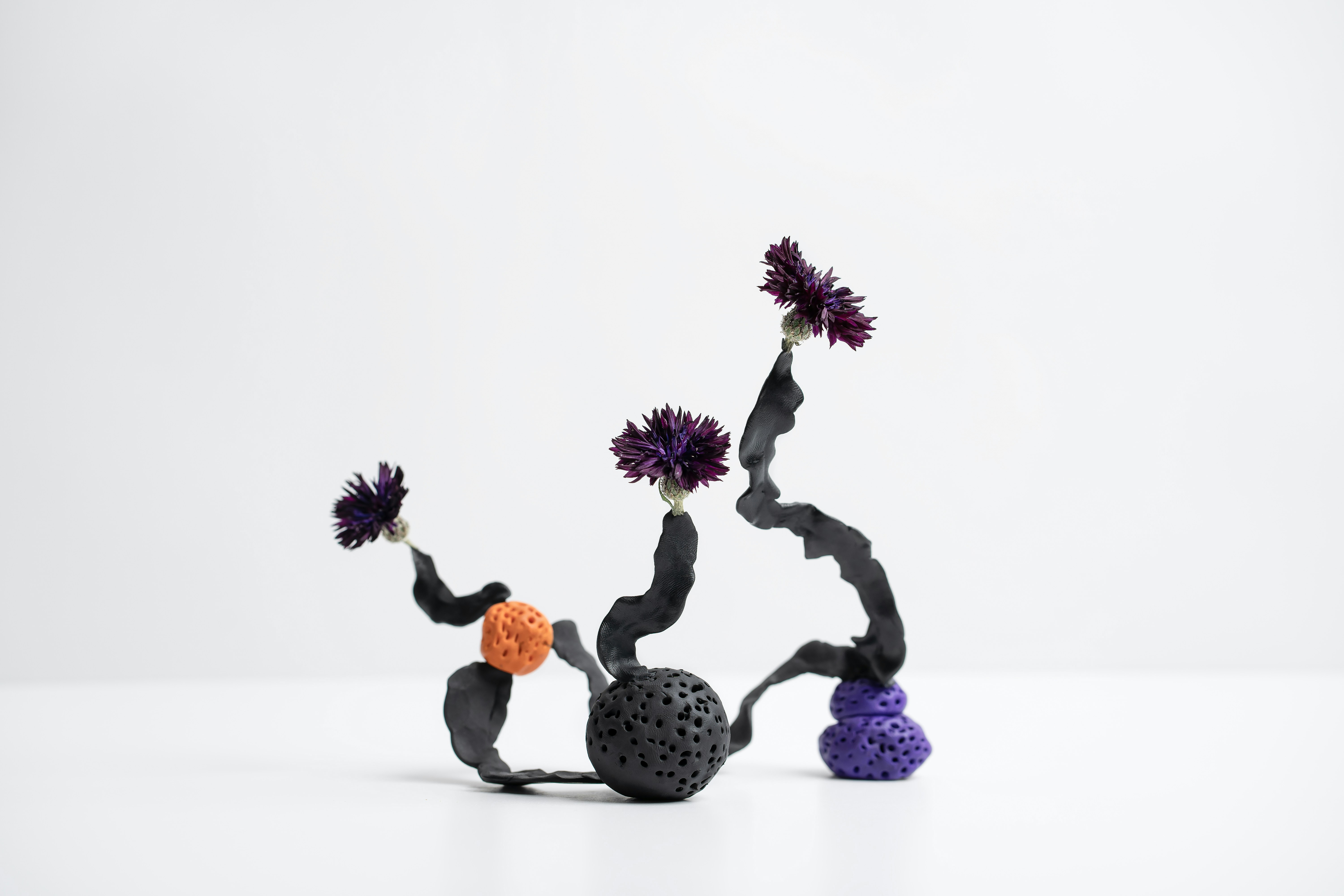
As I make my way through Mage You Look while also pondering side and future projects, and chat with all kinds of writers in various places about our respective processes, a thing I think about is seeing how people approach… I’ll call it rigidity vs. malleability.
For some writers, specific characters or world elements or plot points are fixed, immutable, and everything else must be built up around those things. They’re the foundations of the story house; they’re the seeds that grow into the story tree, or bush, or flower. Even if the furniture in the house moves around, or the bush gets trimmed into a topiary, those essential starter components don’t change, no matter how big or small they are.
For me, most things are negotiable. When I’m planning, I brainstorm and feel my way around, looking for shiny stuff like a corvid. And that stuff can be surprisingly vague: traits or themes rather than specific details. Archetypes or aesthetics. Vague plot shapes. I research and iterate. I fiddle and test. I make notes. I accrete. I roll around a katamari and see what sticks to it.
There comes a point for me where things do solidify, like I’ve finished my clay sculpture and I’ve fired it and now its form is set. Eventually the katamari is large enough to get yeeted into space and become a star. Except even then I may still make fundamental changes, beyond playing with the colors or extra decorations or whatever. There’s always room for that: the play, the tweaking and revision.
I think sometimes writers forget we control all the variables in a story. If something doesn’t make sense, we can rework it until it does. A character who wouldn’t make a choice in one scenario may do so if the conditions change, or if something in their back story shifts. A setting detail that doesn’t fit can be taken out or made to make sense. One plot point can be substituted for another.
Character, setting, plot, theme… they’re all up to the writer. They’re all the result of a series of choices. How you make those choices is up to you! But you have the power to control them, to set the parameters. And that power can be exercised at any time in the process.
Even after a thing is published and set in stone, there is still room to play. Things have to be internally consistent, logical, believable within the confines of what’s established. But within that framework, there are often ways to retcon, to reveal new layers that recontextualize the existing ones, to create ambiguity and uncertainty, add unreliable narration… There are many available tools to reshape or repaint or refine.
So I guess my bottom line is: embrace your process, but also internalize that you control your story. You can always add a room onto your house regardless of its foundation, or plant a vine to wrap around your tree. Take the reins! Embrace your agency! Revel in the act of creation! You’re the deity in this universe you’re crafting, and you can do anything you want with it.
